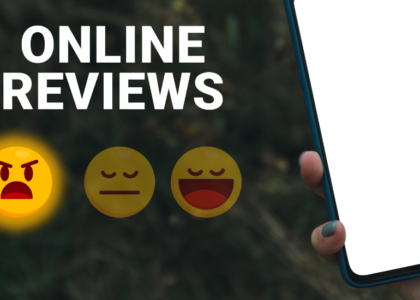What is social media branding and why is it important?
Social media branding is defined as any persona that a company or individual creates to show the public. But the concept is so much bigger than simply choosing to highlight a few characteristics or drafting up a faux representative to serve as some kind of standing in.
Social media branding is about making connections through social media posts, marketing initiatives, and all those little interactions that result in even the smallest threads metaphorically typing consumers to an organization or business. Influencers are a great example of individualistic branding. For someone to go from a makeup artist to a makeup influencer, they must build out branding that:
- Highlights their values
- Shares specific messaging
- Resonates with viewers
- Is full of storytelling so memorable that people can’t help but continuously tune in
Social media’s impact on brand awareness and customer loyalty
Anchoring your branding on social media is kind of like building out a dating profile. For people to become attached to an organization or an individual, they must know enough about that organization or individual to decide whether there’s a connection. People in pursuit of a romantic attachment make their pitch by listing their hobbies, talking about their jobs and backgrounds, and letting their personality shine.
Branding for businesses isn’t all that different. Being open and showcasing the people, values, and activities that make up a company’s day-to-day operations and overarching ethos can help companies reach their top goals. According to experts, here’s what social marketers are trying to achieve with their online branding: (Sprout Social)
- Brand awareness (70%)
- Sales and lead generation (59%)
- Increase community engagement (48%)
- Grow my brand’s audience (46%)
- Increase web traffic (45%)
Social media branding’s influence on reputation management
There’s also the crucial role of social media in reputation management. Some 78% of consumers say they’re influenced by social media posts when debating a purchasing decision (ReputationX). Then there’s the 71% of consumers who’ve had positive interactions with a brand’s social media account and are more likely to recommend the brand to loved ones because of it. More than one-third of customers say they all trust brands that have an active, interactive presence — including with said customer — on social media.
By creating an eye-catching, memorable, and attractive presence on social media, companies can build and showcase a brand that increases the likelihood of purchases and other conversions. But these relationships can also come in handy when things go wrong. Brands that already have a loyal following may find it easier to recover if their reputation takes a hit — or so say the 63% of consumers willing to give the benefit of the doubt to socially responsible businesses hit by a crisis (Prowly).
Social media branding guidelines you should implement
Using social media to promote and strengthen a brand requires experience, organization, and lots of intention. The best opening move marketers can make is to put together a social media branding kit that follows through on industry best practices yet remains grounded in consistency and authenticity.
Some core social media guidelines that can help construct an effective branding plan include:
1. Construct and review social media profiles with a keen eye.
All branded profiles and pages should look similar, be professionally built, and undergo regular reviews. This way, information is always on point and up to date. The company logo should appear on every profile, and basic details like telephone numbers, brick-and-mortar and email addresses, website URLs, and hours of operations should be included and double-checked for accuracy.
2. Build audience personas.
Who are you talking to? Without knowing the answer to that question, you can’t effectively communicate with your social media audience. Do your research to learn who your ideal customer is, and then tailor messaging to fit not only those personas but also the demographic shifts that occur from platform to platform.
3. Get down to the nitty-gritty with grammar.
Even the smallest details matter when it comes to consistency. Things like whether you use them or en dashes and the Oxford comma may come into play, as will the formats you use for times and dates and which app you use to shorten URLs.
4. Have rules around audience interaction.
As vital as it is to interact with social media followers frequently, it’s even more important that those interactions are professional and totally on brand. Decide how formal or casual you want your social media team to be — and this should be in line with the brand’s overall voice.
5. Set parameters around the “fun stuff.”
In addition to setting up social media guidelines about text-based interactions, make rules about things like using emojis, hashtags, GIFs, memes, and other visuals. Can team members use them when responding on social media? If so, how often? Are there themes or pop culture references that are out of bounds?




